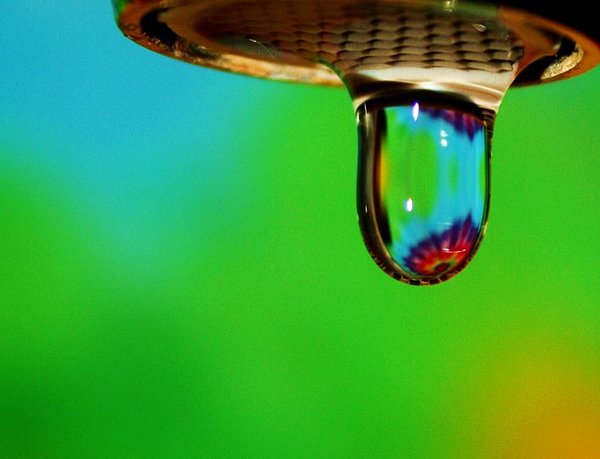Earth Day is a time when many organizations promote sustainable practices in all aspects of life. Even after Earth Day, you might be asking yourself, where can I start? Consider how much water your operations might be wasting through easy-to-fix leaks and inefficient fixtures.
Building owners and corporations can save significant resources and lower operational costs by reducing water waste. Over the past 10 years, the costs of water and wastewater services have risen at a rate well above the consumer price index. Using water efficiently can also reduce the energy associated with heating water. According to McGraw-Hill Construction’s Water Use in Buildings SmartMarket Report, implementing water-efficient practices in commercial buildings can decrease operating costs by approximately 11 percent and energy and water use by 10 and 15 percent, respectively.
Here are a few places to get started in developing a comprehensive leak detection and repair program:
Measure to manage: There’s an old saying, “you can’t manage what you don’t measure.” Water is no different; a good metering system can help you keep an eye on overall water consumption and specific uses. Have staff monitor meters regularly; install submeters where needed to identify overuse and leaks; and integrating submeters into the central building management system.
Look around: On average, leaks can account for more than 6 percent of a facility’s total water use. Daily inspections by maintenance staff can identify water distribution system losses or leaks from fixtures, processes, or equipment. See a list of potential water losses below:
A toilet leaking at 0.5 gallons per minute (gpm) could lose close to 22,000 gallons per month and $2,100 per year.
A malfunctioning drip irrigation system leaking at 1.0 gpm could lose 43,000 gallons per month and $4,300 per year.
A stuck float valve in a cooling tower leaking 5.0 gallons per minute could lose 216,000 gallons per month and $21,000 per year.
A broken distribution line leaking at 15 gpm could lose 648,000 gallons per month and $648,000 per year.
Monitor off-peak use: Have someone read the meter when all water-using equipment can be turned off and while building occupants are not using the plumbing, then read it again an hour later. If the reading changed significantly, this could indicate a leak in the distribution system.
Educate occupants: Signage in restrooms can tell users how to report leaks. Maintenance staff should repair leaks immediately to encourage reporting.
Check sensors: Automatic sensors on toilets and faucets should be adjusted regularly to ensure they are operating properly. Phantom flushes and running faucets running can rob your water and sewer bill of savings.
Install an alert: Failure abatement or leak detection devices can sense if major water-using equipment is malfunctioning or has abnormal increases in water flow. These devices can sound an alarm, contact the facility manager, or automatically turn off the water supply to equipment.
Take it outside: Leaks can occur outdoors as well; landscapers should ensure all water lines are free of cracks, sprinkler heads are working properly, and nozzles are directed to spray the landscape, not pavement. If you need help, consider hiring a professional certified through a WaterSense labeled program to audit it for leaky lines and broken or missing sprinkler headsusing the WaterSense Find a Pro directory.
For plumbing fixtures that need replacing, specify WaterSense labeled models, which are independently certified to use at least 20 percent less water and perform as well or better than standard models. Upgrades won’t just save water, but they can pay for themselves with utility savings. Check EPA’s product search tool for WaterSense labeled tank-type or flushometer-valve toilets, as well as flushing urinals. A typical medium-sized office building (with 270 occupants) could save nearly 420,000 gallons of water and nearly $3,700 in water costs per year by installing 0.5 gpm faucet aerators on standard faucets and replacing its older, inefficient toilets and urinals with WaterSense labeled models.
WaterSense offers free one- to two-hour training webinars on water management planning and best management practices for specific water uses. Register for upcoming live trainings, co-sponsored by ENERGY STAR®, or view a library of past recorded webinars on the WaterSense commercial tools and training website. EPA also created WaterSense at Work, a compilation of water efficiency best management practices and case studies, to help organizations identify projects and practices that can reduce facility water use.
Taking the steps to stop leaks in their tracks will not only save water, energy, and money; it will also demonstrate your commitment to sustainability—something to do not only on Earth Day, but every day of the year. Learn about commercial water use, fixing leaks, and more information about saving water by visiting www.epa.gov/watersense.
Source: EnvironmentalLeader.com
